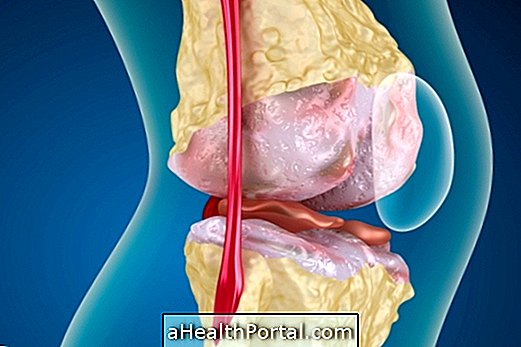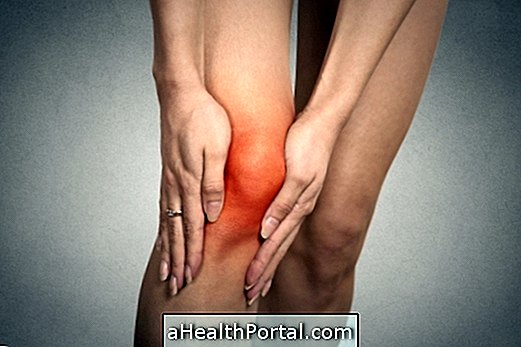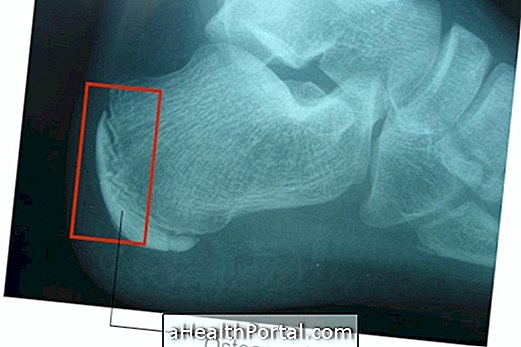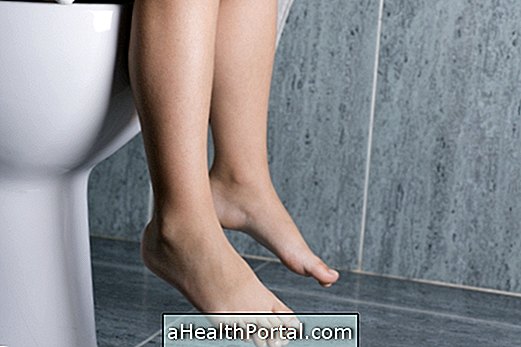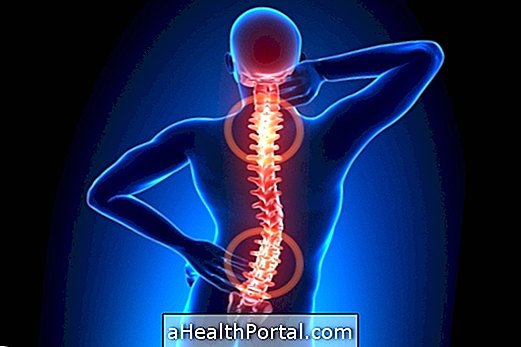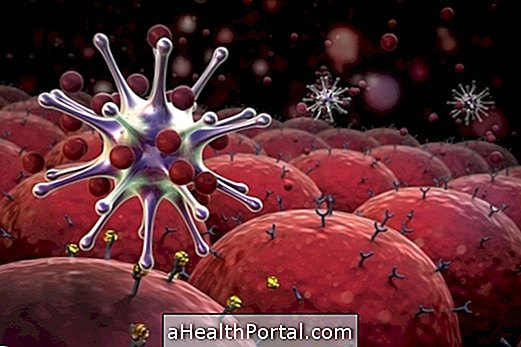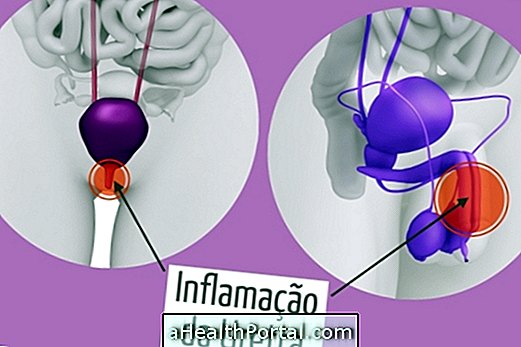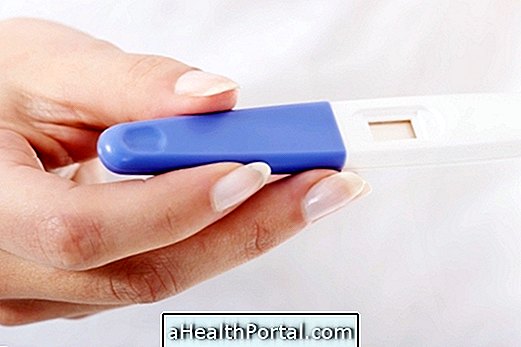To heal tendonitis of the Achilles tendon, located in the back of the leg, near the heel, it is recommended to do stretching exercises for the calf and strengthening exercises, 2 times a day, every day.
The inflamed Achilles tendon causes severe pain in the calf and especially affects the joggers who are known as 'weekend runners'. However, this injury can also affect older people who do not practice physical activity frequently, although the most affected are men who practice physical activity daily or more than 4 times a week.
Symptoms of tendonitis of the calcaneus
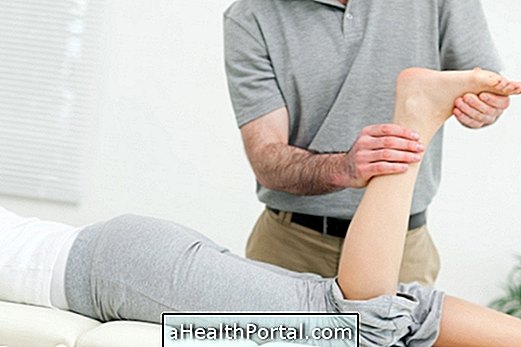
Tendonitis of the Achilles tendon can cause symptoms such as:
- Heel pain when running or jumping;
- Pain throughout the Achilles tendon;
- There may be pain and stiffness of the movement of the foot upon waking;
- There may be pain that bothers at the beginning of the activity, but improves after a few minutes of training;
- Difficulty walking, which makes a person limp;
- Increased pain or standing on the tip of the foot or turning the foot upwards;
- There may be swelling at the site of pain;
- When passing the fingers over the tendon it can be noticed that it is thick and with nodules;
If any of these symptoms are present you should seek an orthopedist or physiotherapist so that they can investigate why these symptoms may indicate other situations such as calcaneal bursitis, heel contusion, plantar fasciitis or fracture of the calcaneus, for example.
In the consultation, it is important to say when the pain started, what type of activity you practice, if you have tried to perform any treatment, if the pain worsens or improves with the movement, and if you have already had an imaging test such as X-ray or ultrasound that may help diagnosis.
Treatment for Achilles Tendonitis
Treatment for inflammation of the Achilles tendon is usually done using ice packs at the pain site for 20 minutes, 3 to 4 times a day, rest of activities, use of closed and comfortable shoes, without heels like a sneaker, for example. Taking anti-inflammatory drugs such as Ibuprofen or apyrin may be helpful in relieving pain and discomfort, and supplementation with collagen may also be useful for tendon regeneration.
The pain in the calf and heel should disappear within a few days, but if it is too intense or take more than 10 days to cease physiotherapy may be indicated.
In physical therapy other electrotherapy resources can be used with ultrasound, tension, laser, infrared and electroplating, for example. Calf stretching exercises, local massage and then strengthening exercises, eccentrics, stretched leg and also with the knee bent are a great help for curing tendinitis.


When to stop training
Trainers should observe when pain arises and worsens because this will indicate whether it is necessary to stop completely or only reduce training:
- Pain starts after finishing training or activity: Reduce training by 25%
- Pain begins during training or activity: Reduce training by 50%
- Pain during, after activity and affects yield: Stop until treatment has the expected effect.
If the rest period is not performed there may be a worsening of tendonitis, with increased pain and longer treatment.
Home Remedies
A great home remedy for Achilles tendonitis is the consumption of foods rich in calcium, magnesium and vitamin B12 so one should invest in the daily consumption of foods such as bananas, oats, milk, yogurt, cheeses and chickpeas, for example.
Putting an ice pack on the spot is one way to relieve the pain at the end of the day. The ice pack should not come in direct contact with the skin and should not be used for more than 20 minutes at a time. You can also use anti-inflammatory ointments and use pads or felt to avoid contact of the sore area with the shoe.
You can use insoles or heels for daily use for the duration of treatment, which ranges from 8 to 12 weeks.
What can cause
Heel tendonitis can occur in anyone, but it is more common in people between the ages of 30 and 50, especially in people who practice climbing or climbing, ballet, pedaling, as in spinning classes, and in football and basketball games. In these activities, the movement of the tip of the foot and the heel is very fast, strong and frequent, which causes the tendon to suffer a whiplash that favors its inflammation.
Some factors that increase a person's risk of developing heel tendonitis are that the runner does not stretch the calf in his workouts, prefer to run up the slope, up and over mountains, train daily without being able to recover muscles and ligaments, favoring tendon micro-ruptures, tennis shoes with locks on the sole.

